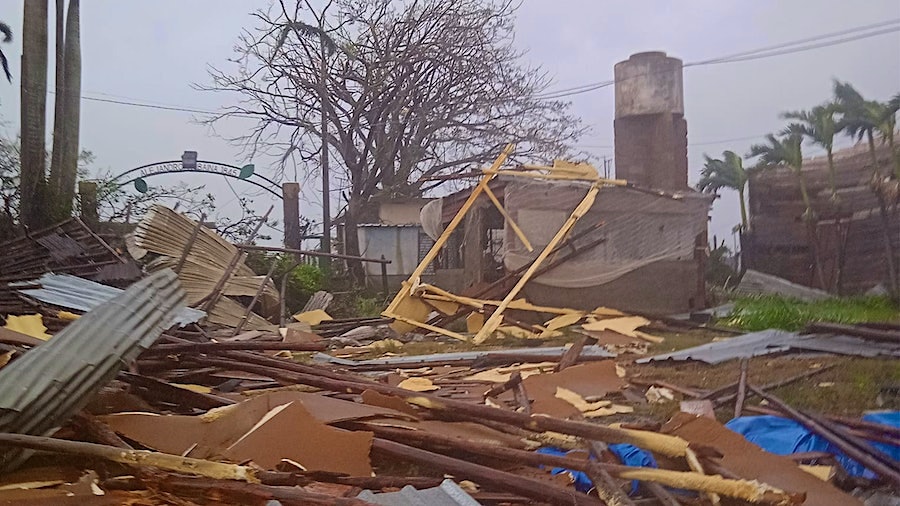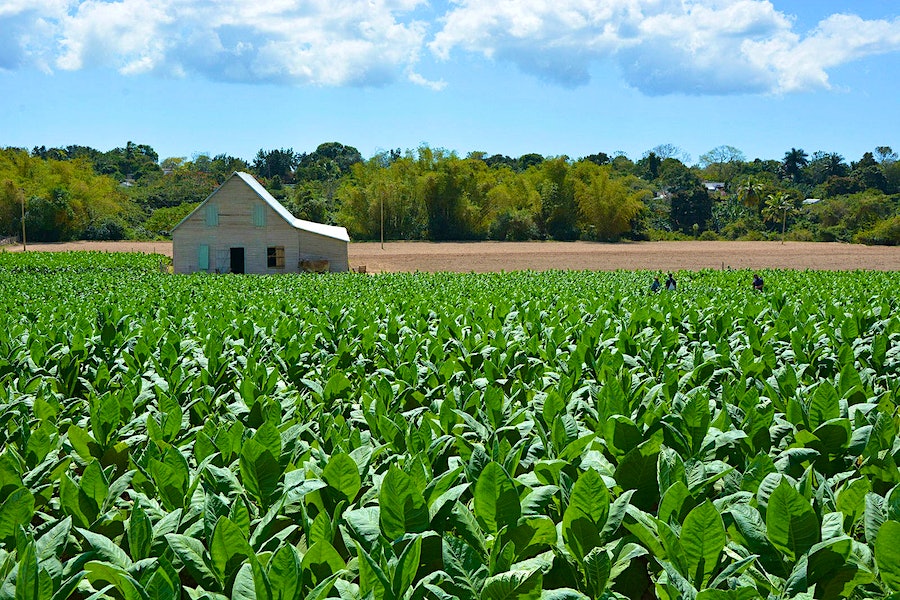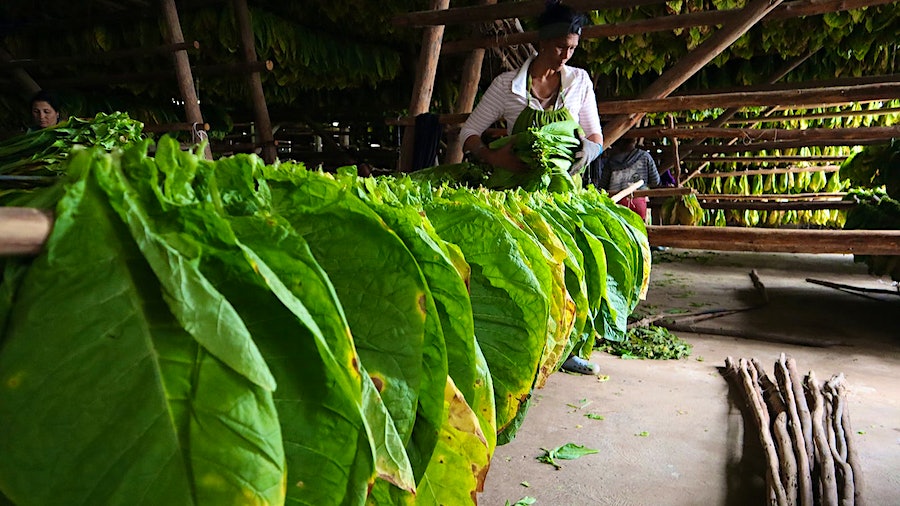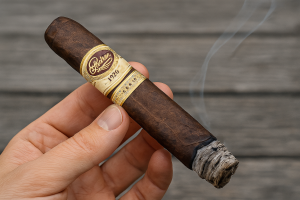Cuba Faces Smallest Tobacco Crop In History

Cuba Faces Smallest Tobacco Crop In History
Damage from Hurricane Ian has left Cuba short of tobacco barns, reducing tobacco planting in Pinar del Río by half
Apr 4, 2023 |
|
Pinar del Río, the region in Western Cuba where most of the country’s premium tobacco is grown, is facing perhaps the worst tobacco harvest in history, according to a report by Granma, the Cuban state-run newspaper. The lingering effects of Hurricane Ian, which destroyed most of Pinar del Río’s tobacco barns in late September, are largely to blame.
The hurricane made landfall in Pinar del Río on September 27, and tore across the island with winds in excess of 100 miles per hour, leveling about 90 percent of the region’s tobacco curing barns, more than 10,000 structures in all. Burdened by the impossible task of rebuilding them all in time for the growing season, Tabacuba, the agricultural arm of Cuba’s tobacco industry, said in a report that it would prioritize the highest-quality farms to meet export demands. Tabacuba cited lack of building materials as the main problem.
Tobacco barns and other structures at the famous Robaina farm in Pinar del Río were leveled by Hurricane Ian last fall. (Photo/Hirochi Robaina) |
Cuba had originally planned for farmers in Pinar del Río to plant around 11,000 hectares of tobacco (about 28,000 acres) for the 2022-23 season, but they will most likely struggle to achieve even half that amount. So far, 5,150 hectares (about 12,726 acres) have been planted, according to Granma. Harvesting this amount of leaf will require approximately 4,000 curing barns, and currently, only 1,400 have been built.
Despite the adversity, tobacco grower Hector Luís Prieto has been fortunate. “I have recovered 100 percent, thanks to a lot of work and support,” he tells Cigar Aficionado. “The quality this year is muy bueno,” he says, adding that the quantity on his farm was about normal and that all of his barns have been rebuilt.
In a curing barn on the Robaina farm, this long lath bends a bit under the weight of all that tobacco, which will be hung to dry. This photo was taken in 2020 (Photo/Cigar Aficionado) |
According to other sources in the region, efforts are being concentrated toward wrapper production because of current wrapper shortages. There is no shortage of filler, sources say, so Tabacuba is hoping to minimize the hurricane’s effect on cigar production by boosting the cultivation of wrapper as much as it can.
Habanos S.A., the marketing monopoly and worldwide distributor of Cuban cigars, provided Cigar Aficionado with a statement on the situation: “Habanos S.A. and Tabacuba, as usual, are closely and effectively working to support the tobacco sector in its recovery and minimize the impacts…We can assure that Habanos S.A. will do its best to guarantee the highest quality and the excellence of all its marketed products and will never put demand above quality.”


















